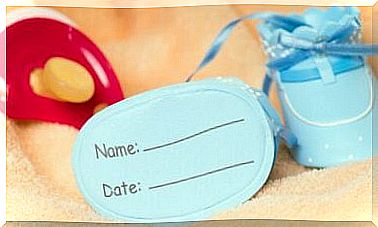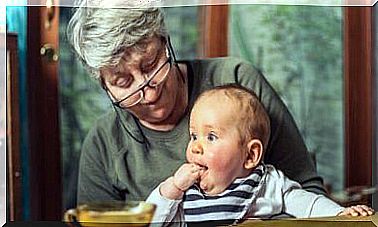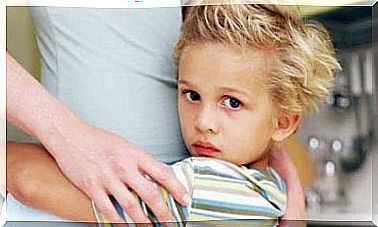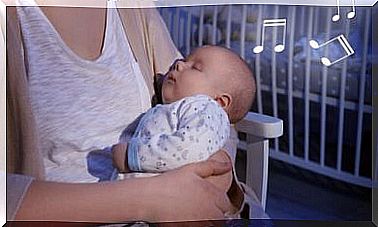7 Exercises To Learn To Read That Children Enjoy
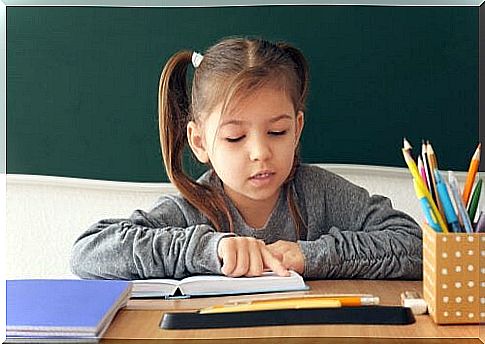
Learning to read exercises are a great way to get your child off to a good start in school.
These fun games keep kids alert and interested. Your reading skills will improve so quickly that you won’t even notice.
Learning to read is a tedious process and can be frustrating and exciting at the same time. Parents have to be very patient with this.
Mothers and fathers play an important role in teaching children these core skills. With a little creativity and a lot of time, you will be able to help your child learn to read.
If you’re in need of inspiration, here are 7 fun exercises to learn to read that are sure to be a hit with your little ones.
7 exercises to learn to read
1. Noise maps
This exercise is very simple. All you have to do is create flashcards with different syllables and letter sounds. It is your child’s job to create words from the sounds he chooses.
To make it even more fun, you can put the index cards in a basket and let your child choose one.
When they have selected a sound, read it out loud. Then you wait to see what your child will come up with.
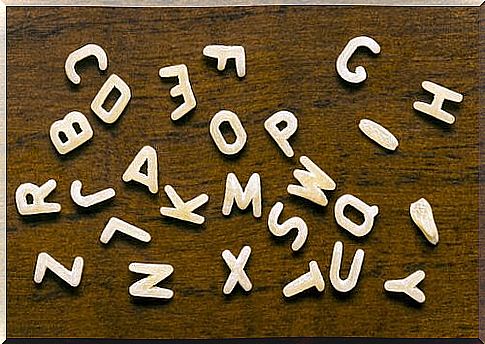
2. Alphabet soup
Alphabet soup, or spaghetti, is a fun activity for kids to learn to read. You can ask your child to find the vowels or consonants under each letter they have.
You can also cut out letters from paper for your child to color in. This enriches the learning experience.
Having fun helps children learn. When they see an activity as a game, they can get more out of it.
3. Build a word
This exercise is a little more challenging for your little ones. Write the letters of the alphabet on small pieces of paper and cut them out. Make sure that all pieces are the same size.
Next, spread the pieces out on a table within easy reach of your child. Now you can ask your child to point to the letters you say.
When your child has started learning to read and write, invite them to choose letters and use them to form whole words. This is one of the most useful exercises for learning to read.
4. Word cards
This is arguably one of the most effective exercises for learning to read.
You write words on index cards. You can do this by hand or on a computer, but make sure the letters are large, clear, and rounded.
Create groups of similar words to make the task a little easier.
Add new words to the word cards every week. Sit in front of your child and show them the cards as quickly as possible.
In the beginning, you may need to explain to him what is on each card. Little by little, your child will learn to understand the words on the cards. You can also include pictures in this game.
5. Words and pictures
Pictures are a great way to help your child recognize new words. In this game you can use words to help your child recognize the sounds of the vowels.
In the first step you have to prepare 5 baskets or bowls for each of the vowels. Then print out pictures of different animals or objects starting with the vowels.
Then take a printed picture and ask your child to name the animal or object. Then ask the child to decide which vowel group the word belongs to.
6. Sticky notes
In this exercise, objects and parts of the house are labeled with sticky notes. Make sure all stickers are in places where the child can see them.
In this way, every time the child passes the note, it connects the object or the room with the correct word.
Later, you can remove the labels and see if your child can stick them back in place.
If you want to add a level of difficulty, you can try to trick your child by sticking the note in the wrong place.
If the game is still too difficult, add pictures to the words.
This is a fun way for your child to learn and will motivate them to keep trying.
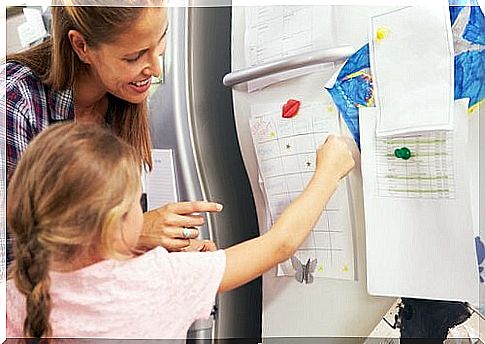
7. Read together
Finally, remember to read with your child together. While it may seem obvious, it’s important to emphasize that this is one of the best ways to help him learn.
Reading time together promotes cognitive development and language acquisition.
The storytelling lesson expands your child’s vocabulary and reading skills, and stimulates their imagination.
Reading books together is also a great way for parents and children to get together.

